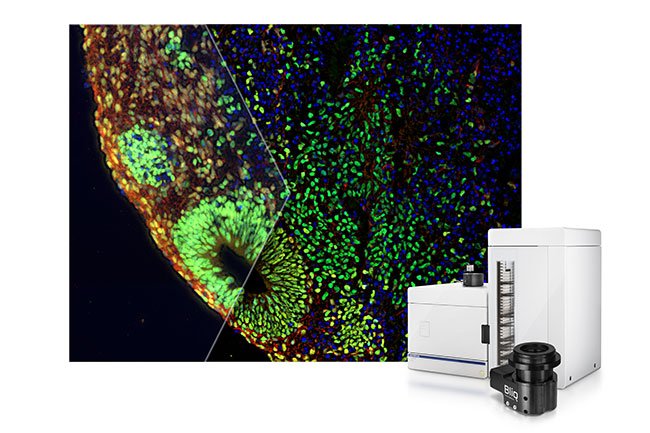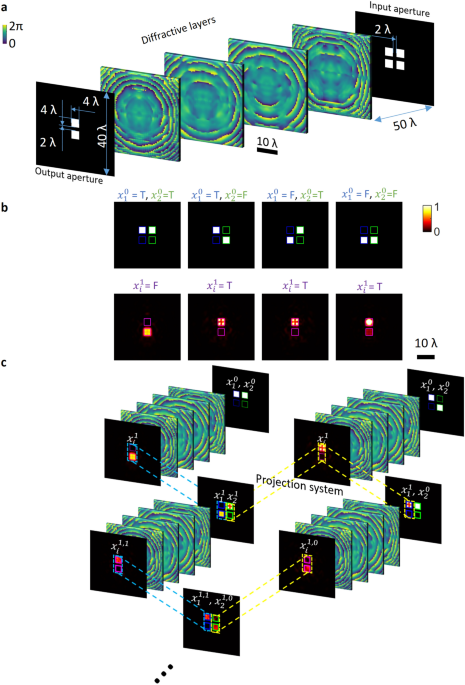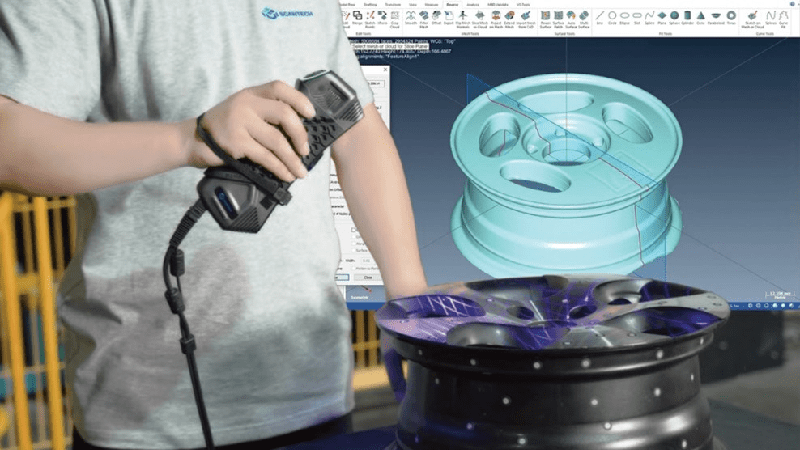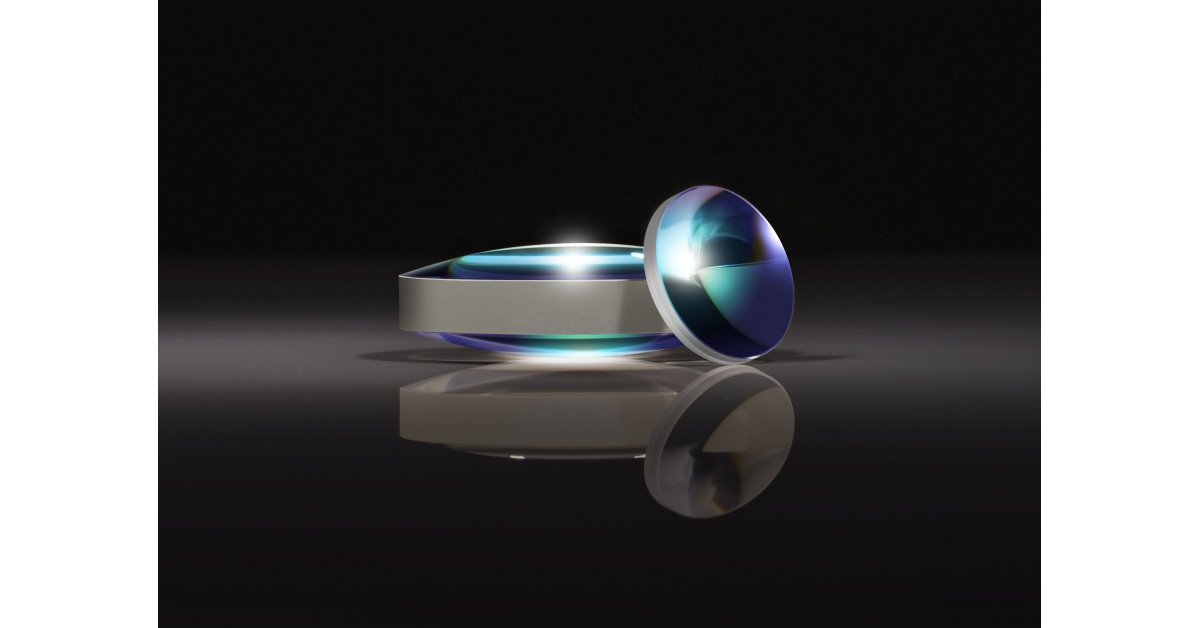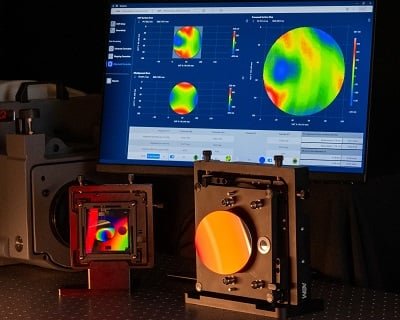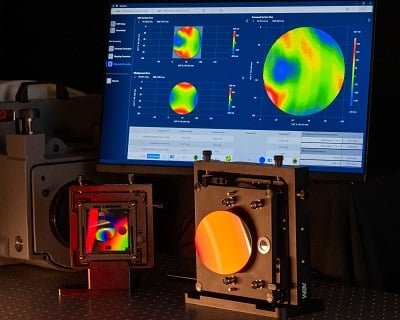AT&T has announced a significant advancement in network technology, demonstrating the readiness of its nationwide software-centric network to handle the escalating bandwidth demands driven by emerging technologies such as artificial intelligence, user-generated content, augmented and virtual reality, cloud computing, and streaming video.
The telecommunications company successfully tested a 1.6 terabit-per-second single-carrier wavelength across a 296-kilometer stretch of its commercial long-distance network. This groundbreaking speed is four times greater than the current 400Gb/s wavelengths. The test, an industry first, successfully carried two IEEE standards-based 800 Gigabit Ethernet end-to-end circuits, establishing a continuous data path using a single light frequency across the entire fiber length between two locations.
The trial was conducted on AT&T’s existing long-haul fiber network spanning from Newark, New Jersey, to Philadelphia, Pennsylvania, over a 296-kilometer route. Importantly, the 1.6 Tb/s wavelength was transmitted concurrently with existing live customer traffic running on 100Gb/s and 400Gb/s wavelengths.
For the network equipment, the trial utilized open-sourced white box switches. These switches, powered by the Broadcom Jericho3 packet processor chip, offer up to 18 x 800G network interface ports within a compact 2RU platform. The operation of these white boxes was managed by DriveNets Network Cloud software, a hardware-agnostic solution that employs open APIs to execute data and control plane functions, including routing at 800G.
Mike Satterlee, Vice President of Network Infrastructure and Services at AT&T, stated that the increasing use of connected devices by consumers is driving network traffic upwards. He anticipates a doubling of network traffic by 2028 and emphasized that the technologies validated in this trial are crucial for AT&T to meet growing customer demands for data transmission, video consumption, and streaming services.
Dino DiPerna, Senior Vice President of Global Research and Development at Ciena, highlighted that this achievement with AT&T builds upon Ciena’s history of industry firsts in optical network speed and capacity. He explained that Ciena’s WaveLogic 6 coherent optics will be instrumental in supporting AT&T’s next-generation converged optical network and its endeavors to create a cloud-based and AI-ready network characterized by increased scale, flexibility, and efficiency.
Source link
